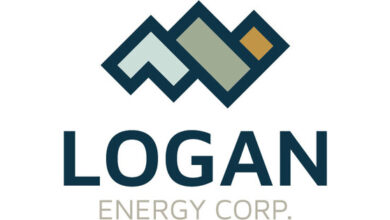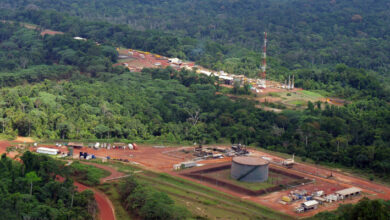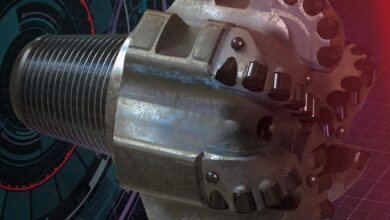On-the-fly system treats, recycles frac water
By Katie Mazerov, contributing editor
An enhanced, on-site treatment and recycling process that eliminates bacteria and inhibits scale in water used for hydraulic fracturing is delivering economic and environmentally friendly solutions to operators in unconventional US shale plays.
The methodology and benefits of the system, Advanced Oxidation and Precipitation Process (AOPP), were presented in a technical paper, “Game-Changing Technology for Treating and Recycling Frac Water,” at the SPE Annual Technical Conference and Exhibition in Denver on 1 November.
“With the move toward environmentally safe chemicals, an economical process eliminating chemicals is a step forward for our industry,” said John W Ely, president of Ely and Associates and co-author of the paper, along with Aaron Horn, Hydrozonix; Robbie Cathey, Ecosphere Energy Services; Michael Fraim, Texas A&M University, and Sanjeev Jakheta, consultant to Ecosphere Technologies. The system, which has been incorporated into the fracturing process, is designed to lower treatment and recycling costs while reducing the environmental footprint in treating and disposing of chemicals.
The newest AOPP design treats 80 bbl/min, reducing liquid chemical use and providing closed-loop management of wastewater in a footprint the size of a frac truck. For operations needing more than 80 bbl/min capacity, two units can be rigged in tandem.
“The technology is scalable, so it can be integrated into frac tanks on the front side of fracture stimulations, thereby replacing liquid biocides and scale inhibitors,” Mr Ely explained. “Because of the efficacy of the system at high rates with challenging fluids, operators can treat flowback and produced fluid on-the-fly, thereby eliminating the need for an offsite treatment location.”
The onsite AOPP system was introduced in November 2009 and has been deployed on more than 130 completed wells, treating over 16 million bbls of frac fluid in a field test in a major shale play. Operators are using the process to hydraulically fracture, using mixtures of surface water, ground water, flowback and produced fluid.
Cost, water savings
For on-site applications, the system is incorporated into a traditional frac tank reconfigured with greater height to maintain a storage capacity of 500 bbls, and with the last 10 ft housing the AOPP equipment, including a power generator.
The system uses an air compressor to feed oxygen into an oxygen separator. Pure oxygen is fed to several ozone generators; ozone is then put into the water. The AOPP reactor blasts the fluid with ultrasound, which causes electricity to be released into the fluid to facilitate the electro-chemical precipitation of hardness salts. The treated water is transferred to the frac tank.
“By providing an alternative to using biocide and scale inhibitors, operators do not have to transport and store hazardous chemicals on site,” Mr Ely noted. “It is also much less expensive to transport ground water, flowback and/or produced fluid to the next frac location rather than taking it to an offsite facility first.”
Operators save on the cost of disposing of treated waters, significantly reduce truck traffic to disposal sites and can reduce the amount of fresh water needed to complete wells. Since the system was initially deployed in 2009, more than 3.2 million bbls of fresh water have been saved, he said.
Third-party studies have documented that the AOPP system significantly reduces bacteria and inhibits scale. “As the water treatment requirements for fracturing expand while our sources of fluid become more strained, powerful, economic, on-site treatments such as the AOPP will play a critical role in the development of the vast resources locked in tight reservoirs beneath American soil,” Mr Ely concluded.
More information about AOPP can be found in SPE 145454.




